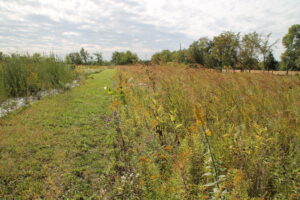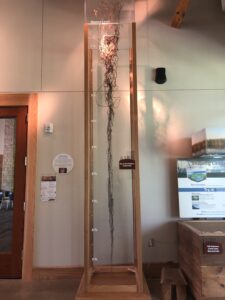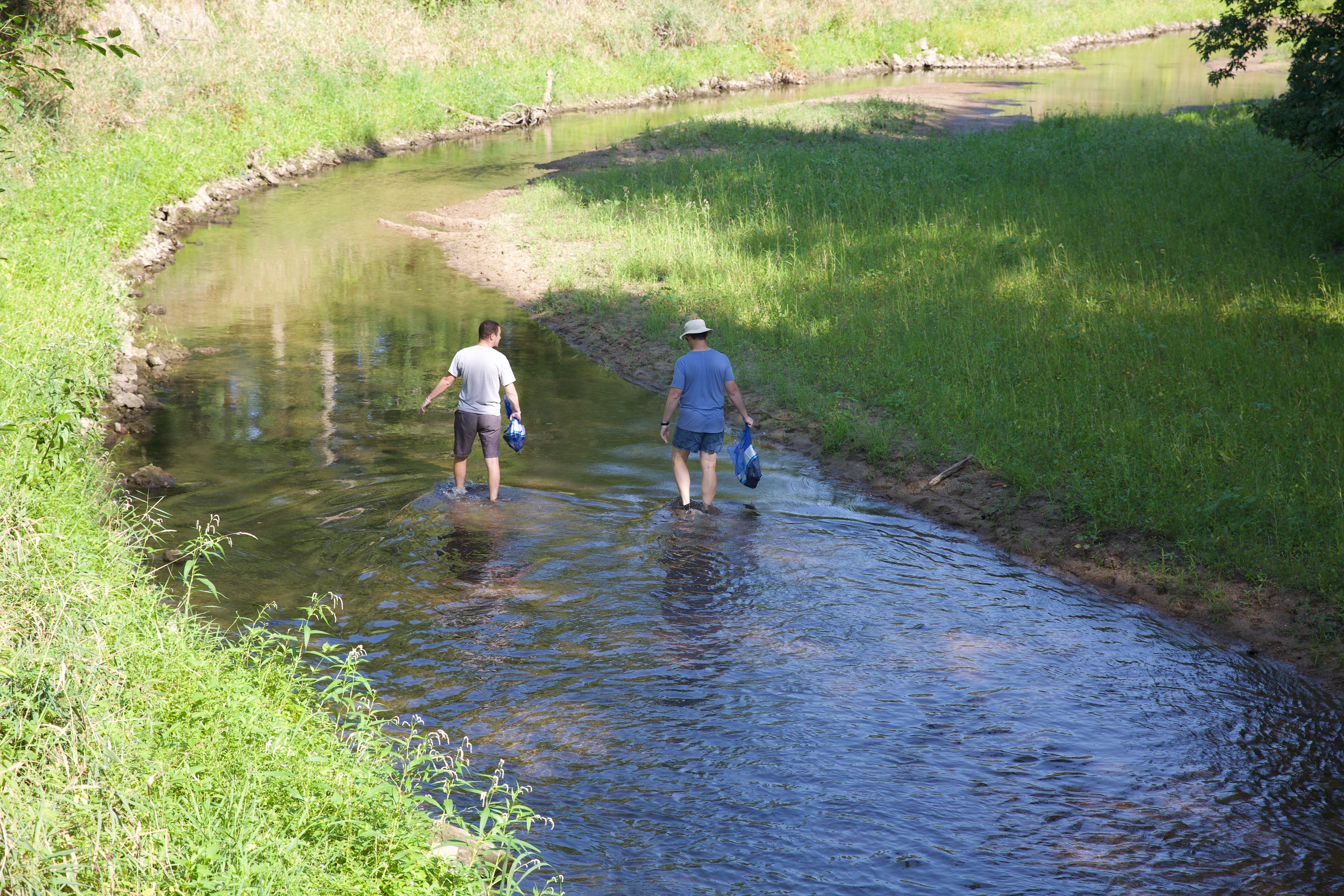Our State’s Water Quality Challenges

Water quality is an issue that impacts all Iowans.
As a state that relies heavily on the agricultural sector, Iowa’s waterways are often polluted with high levels of nitrates, phosphorus and bacteria. The effects of this pollution can be felt when lakes get “no swimming” warnings posted, or agencies monitoring streams and rivers warn of unsafe amounts of nitrates or phosphorus potentially getting into our drinking water.
These levels also have impacts beyond Iowa’s borders by contributing to the dead zone in the Gulf of Mexico, where excessive nitrate levels overfeed algae which, in turn, choke out all other forms of life in the area.
In order to improve waterways near and far, the state implemented the Iowa Nutrient Reduction Plan in 2013. Part of this plan includes introducing prairie strips and cover crops and restoring wetlands, but progress has been slow. While these proven methods are helping, they can’t compete with the growing number of acres being farmed.
The solution boils down to how we use our land.
Iowa’s landscape has been dramatically altered over the previous 200 years. More than 99.9% of Iowa’s native prairies have been lost to repurpose the land for farming and urban development. Today, 85% of Iowa’s land is used for agriculture, making this state one of the world’s leading exporters of corn, pork, eggs and soybeans.
It’s clear that more balance in our collective land use is required to protect our waterways — and restoring the native prairie land we’ve lost can make a huge difference.
Benefits of Prairie Restoration

From 2002 to 2009, U.S. Department of Agriculture scientists converted 17 acres of corn and soybean crops to a restored prairie to test the impact on water quality. After eight years of water testing they discovered the level of nitrates reduced from the unsafe level of 10.6 ppm to a much safer level of 2.5 ppm near surface waterways, and nitrates were undetectable in shallow groundwater. According to the Environmental Protection Agency, water with more than 10 parts per million (ppm) is considered unsafe.
How can planting prairie make such drastic changes to the health of our waterways? It comes down to the roots.
As a prairie matures and the root systems become healthy and diverse, the roots create air pockets within the soil. This empty space allows the soil to absorb organic matter, such as nitrates and phosphorus, that would otherwise flow into our waterways.
Native prairie plants create deep roots that stabilize the soil beneath them. This reduces the amount of erosion and runoff that occurs during periods of heavy rainfall. As a state filled with annual row crops, keeping the valuable topsoil and its nutrients in the field and out of our streams benefits farmers while improving water quality.
Prairies clearly have the potential to reverse many of the causes of Iowa’s water quality issues, but the state needs more Champions of Nature ready to implement these strategies.
Need for Champions of Nature

![]() Indian Creek Nature Center is committed to creating Champions of Nature of all ages. Currently, students who attend field trips, Fresh Air Academy and even preschoolers at Creekside Forest School all learn about the importance of protecting our water sources.
Indian Creek Nature Center is committed to creating Champions of Nature of all ages. Currently, students who attend field trips, Fresh Air Academy and even preschoolers at Creekside Forest School all learn about the importance of protecting our water sources.
The immersive educational programming at Indian Creek Nature Center teaches kids scientific principles early on to help them develop an appreciation for the natural world and a sense of place within nature. In the years to come, these students will grow up to become Champions of Nature ready to defend our waterways. While Indian Creek Nature Center inspires the next generation to be environmental leaders, there is much work to be done now all across the state.

